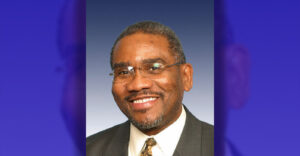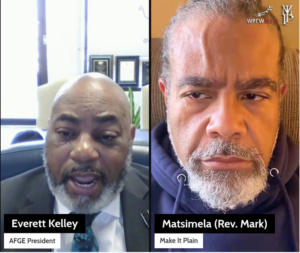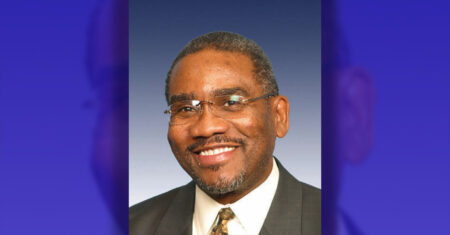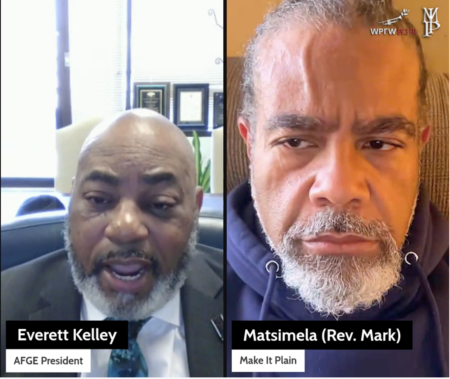Our current moment is a powerful case study in where economic value and job stability lie.
By Louis J. King II, President and CEO, OIC of America
Aging U.S. infrastructure, increasingly frequent natural disasters and booming data centers don’t care that the government is shut down. Real work still needs to get done.
While political gridlock blocks funding for federal agencies, furloughs thousands of workers, and delays the collection and analysis of crucial economic data, the underlying physical infrastructure and essential services of our nation march on.
We might not be able to open the government back up ourselves, but we aren’t powerless, either. Giving workers future-proof credentials isn’t just a way to guard against political whims that ignore the real challenges we face—it’s a way to maintain stability in the communities that need it most.
For our skilled trades, this is the moment.
A government shutdown, while disruptive, doesn’t stop water mains from bursting, electricity grids from needing repair, data centers from running, or construction projects—especially those not reliant on immediate federal funding—from moving forward.
Even amid a shutdown, essential functions like air traffic control, border security, and certain healthcare services continue, often with “essential” personnel working without pay, adding immense strain to these systems. When federal funding for infrastructure projects is delayed, it creates a backlog, which will require a massive, immediate surge of labor when the government reopens.
In this environment of instability, the demand for tradespeople—electricians, plumbers, HVAC technicians, welders, heavy equipment operators and more—becomes even more pronounced. These professions are the bedrock of the physical economy, operating independent of the fickle winds of Washington.
We see this at the state and local level too. Take Pennsylvania, where the national nonprofit OIC of America—the organization where I serve as president and CEO—is based. The state’s budget is currently four months late and counting, and like at the federal level, essential services are starting to see their resources dry up.
But the demand for infrastructure projects continues—and the supply of workers looking for another source of income, besides one reliant on the government, increases. We need more workers in the skilled trades—both now and once the shutdown ends.
Even if the federal shutdown is recent, the U.S. economy has been grappling with a chronic skilled trades labor shortage for years. This persistent gap is driven by demographics—an aging workforce retiring in droves—and a societal bias toward four-year degrees that has de-emphasized vocational training. When businesses don’t have the workers to meet demand, all communities suffer.
That’s why the shutdown is such a powerful case study in where economic value and job stability lie. At a time when the White House is advocating for apprenticeship programs, Fortune 500 companies are sounding the alarm about the skilled trades gap, and communities around the country have a deep desire to work and to contribute meaningfully to the economy, we finally have the opportunity to give skilled trades their due.
It’s up to all of us to talk about this need. Let’s amplify the alarm.
Louis J. King II, President and CEO, OIC of America





